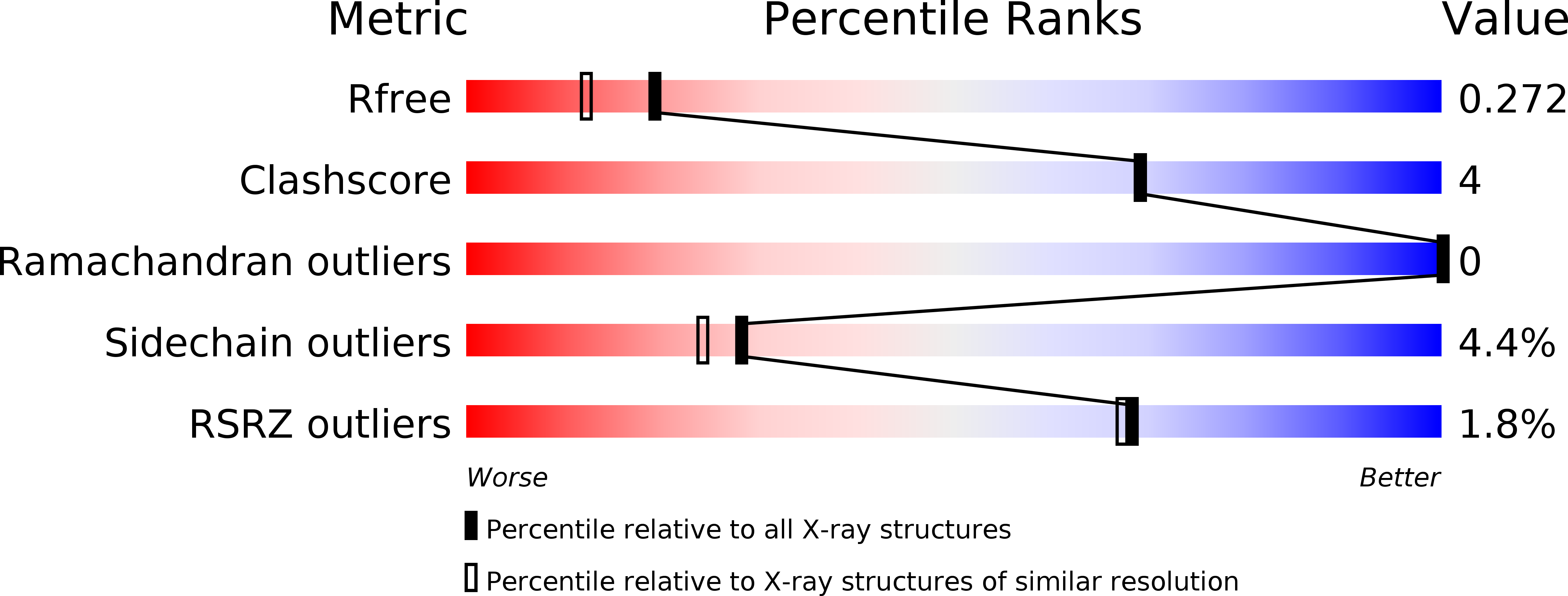
Deposition Date
2014-01-31
Release Date
2015-02-04
Last Version Date
2023-09-27
Entry Detail
Biological Source:
Source Organism:
Mycobacterium tuberculosis (Taxon ID: 1773)
Host Organism:
Method Details:
Experimental Method:
Resolution:
2.03 Å
R-Value Free:
0.27
R-Value Work:
0.22
R-Value Observed:
0.22
Space Group:
I 1 2 1


